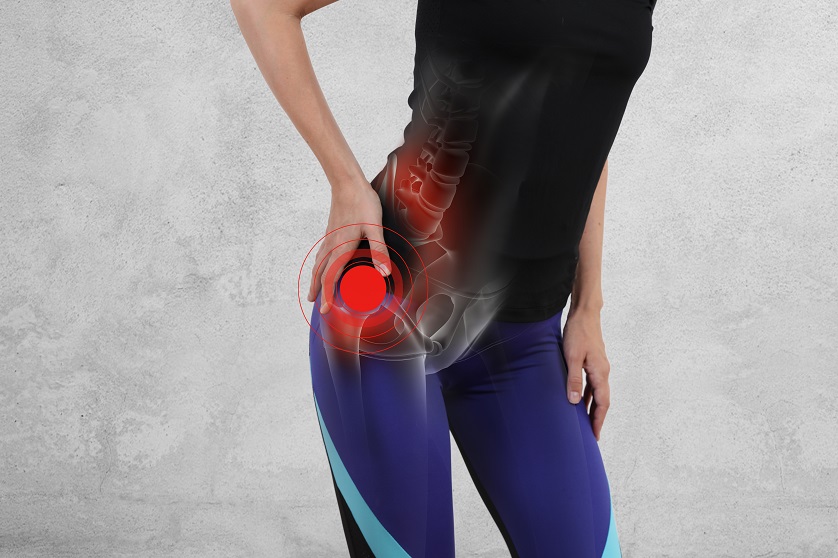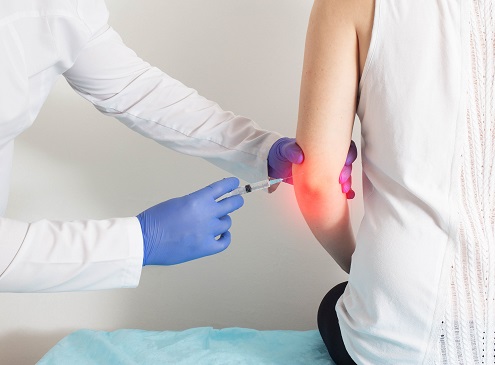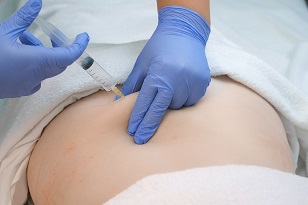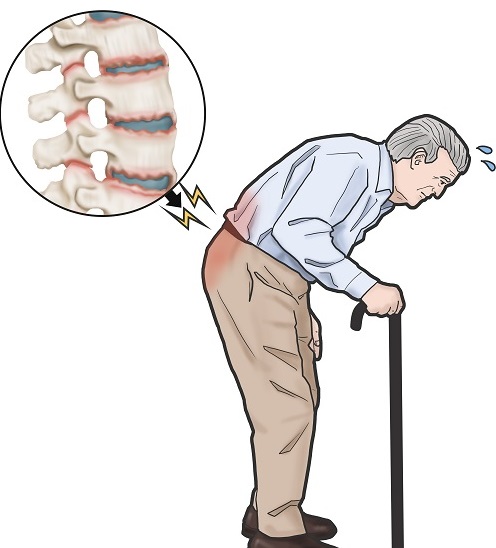Hip pathologies are among the most important and frequent causes of long-term and severe functional disability. Since the hip joint is one of our joints that carries the body load, the probability of calcification is high. Although patients often use hip pain to express pain in the coarse, in fact the pain of the hip joint can be felt in the groin and the front of the thigh, even in the knee.
Who has more frequent hip pain?
Hip pathologies can be seen at almost any age, such as infancy, childhood, youth and especially advanced old age.
What are the causes of hip pain?
Pains caused by soft tissues around the hip, calcification (osteoarthritis), inflammatory rheumatism diseases, congenital hip dislocation, hip fractures, tumors, infectious diseases and pains spreading from musculoskeletal structures outside the hip to the hip can cause pain in the hip.
In what cases should hip pain be further examined?
A good physical examination is essential in the differential diagnosis of hip pathologies. Although the diagnosis is largely determined by examination, imaging methods such as blood tests, hip film and magnetic resonance can also be used to confirm it. MRI is the gold standard imaging method especially in the diagnosis of intra-joint pathologies (osteochondral lesions, acetabular labrum pathologies, avascular necrosis). In addition, ultrasonography can be used in the differential diagnosis of superficial pathologies of the hip joint (such as tendinitis, bursitis). In case of suspected fracture, direct x-rays and hip joint tomography should be requested.
How to treat hip pain?
There is no single form of treatment for hip pain, and treatment varies according to the diagnosis.
– Rest is useful in the treatment of early hip pain to reduce pain and prevent the progression of existing damage. During this period, activities such as climbing stairs, cycling and running should be banned.
– Hot or cold applications are preferred depending on diagnosis and duration of complaining. Cold application is preferred especially in the first 24-48 hours for falls or impact-related injury. Again, in inflammatory rheumatism, cold application is recommended when there is temperature and swelling in the joint.
– Stretching works to relax the retained muscles and to increase the elasticity of the shortened soft tissues due to rest.
– Physical therapy is widely used in diseases such as calcification due to both its pain relief properties and its contributions to tissue healing by increasing deep blood supply.
– Exercises are just as effective as physical therapy and medication. Exercises are not only therapeutic, but also reduce the frequency of pain.
– Painkillers and muscle relaxants can be used in the treatment of drugs.
– Losing weight relaxes the joint by reducing the loads on the hip.
– Devices such as canes and walkers help reduce the load and maintain balance.
– In patients whose hip joint is severely worn and pain complaint cannot be removed otherwise, surgery may be required. The most common surgery is the replacement of the hip joint.






